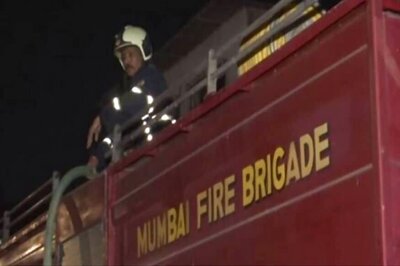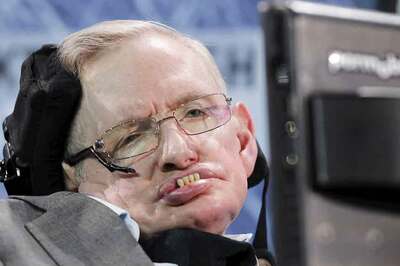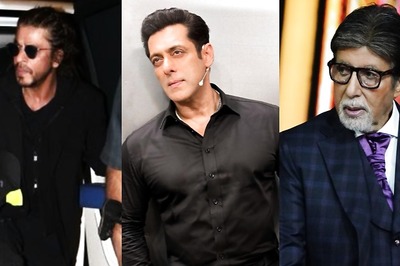
views
New Delhi: High tariff and large passenger volumes are required to justify investment in high-speed train projects as these are highly capital intensive in nature, the Economic Survey (ES) has said.
Railways has in consultation with state governments selected seven corridors for carrying out pre-feasibility studies for the introduction of high-speed, or bullet, trains.
A business development study for the Mumbai-Ahmedabad high -speed corridor has been undertaken by French Railways and is likely to be completed in June, 2014.
A joint feasibility study for the corridor was also undertaken jointly by Indian Railways and Japan International Cooperation Agency (JICA) in December, 2013, and is likely to be completed in about 18 months, said the survey which was tabled in Lok Sabha.
Railways have set up the High Speed Rail Corporation (HSRC) as a subsidiary of Rail Vikas Nigam Ltd to develop high -speed rail corridors in the country which would allow passenger trains to run at speeds of up to 350-kmph.
It will undertake activities like preparing the project- related studies and drawing up technical standards for the Mumbai-Ahmedabad corridor or any other corridor as decided by the government. It will also provide support to the government for finalising the financial and implementation models.
ES also highlighted the ongoing Dedicated Freight Corridor -- a mega rail transport corridor project of the rail ministry to increase carrying capacity, reduce unit costs of transportation and improve service quality.
Of the 1,839-km-long Eastern DFC, which extends from Dankuni to Ludhiana, World Bank is funding 1,183-km (from Ludhiana to Mughalsarai) in three phases.
For the 1,499-km Western DFC, from Jawaharlal Nehru Port in Mumbai to Dadri near Delhi, complete funding from JICA has been tied up and construction work is in progress.




















Comments
0 comment